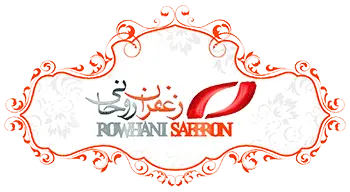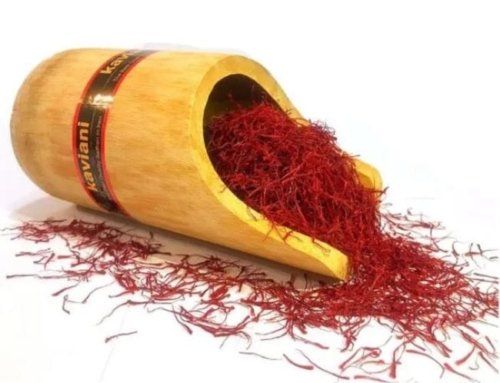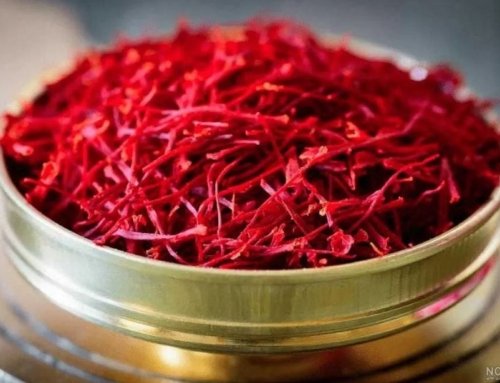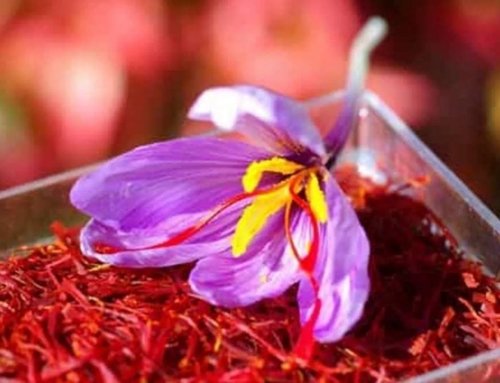What are the economic and social effects of saffron production?
What effect does saffron cultivation have on employment and unemployment?
The history of saffron cultivation dates back to three thousand years ago during the Sassanids and in the city of Qom.
Since then, saffron, as a crop that requires little water resources for cultivation and productivity,
has been a very good option for farmers in arid and arid regions.
Because the water crisis is one of the most important problems of farming households, which leads to reduced crop production.
saffron has a high financial value and the production and export of saffron has a great impact on job creation and economic prosperity of the country.
brings more income and profit compared to the production of other agricultural products such as wheat, barley, rice, etc.
The main saffron producing provinces in Iran are Khorasan Razavi and South Khorasan,
but other provinces such as Lorestan, Fars, Zanjan, Qazvin and Hormozgan also cultivate saffron,
which means that employment of several hundred thousand households in saffron cultivation
can be considered as social and economic effects of saffron production.
Be. On the other hand, due to the decrease in rural population and increase in unemployment,
saffron cultivation and export will lead to the development and growth of rural areas,
increase farmers’ incomes and prevent rural migration to cities.
Growing saffron is a family and ancestral occupation for many farmers.
Some saffron farmers even planted other crops at first,
but due to the problem of water shortage and more profitable saffron, they started to cultivate this crop.
In general, saffron production in most parts of Iran is done by family workers and most of their agricultural lands
have an area of less than 0.6 hectares.
most saffron growers have positively assessed the impact of saffron income on their family economy.
But various factors can affect the profitability of saffron;
Including low profits from saffron cultivation and processing for farmers, farmers’ experience,
annual production costs and management factors.
Is saffron export profitable for Iran?
As we have said, saffron is one of the most valuable agricultural products among other products, which due to its special properties,
is known as an expensive spice that can be expanded and exported to the whole world.
Therefore, the demand for high quality saffron is high and because the quality of saffron produced in Iran (about 300 units)
is better than saffron in other countries (200 units), Iran is the largest producer and exporter of saffron in the world.
What factors jeopardize the profitability of saffron production in the country?
Although the profitability of saffron exports is one of the most important economic and social effects of saffron production in Iran,
but some factors threaten or weaken this issue. The following are examples of these factors:
The smuggling of saffron onions to other countries, such as Afghanistan, has affected saffron exports to Iran.
Because this issue causes other countries to enter the field of saffron cultivation and export and become Iran’s competitors in saffron production.
As a result, they can take over the global saffron market.
Some countries, such as Spain, which imports Iranian saffron, buy saffron in bulk from Iran and market it in new packaging,
with their own brand and name, without mentioning Iran.
This will jeopardize the reputation of Iranian saffron and, as a result, saffron exports.
What percentage of Iran’s economic cycle is saffron production?
Due to the diversity of Iran’s vegetation, talent and production capacity of various agricultural products,
cereals and plants, the agricultural sector and natural resources can easily take second place after oil in the country’s huge exports.
According to statistics, the agricultural sector in Iran accounts for 20% of non-oil exports,
23% of GDP, 75% of food needs and 23% of average total employment.
Also, according to the latest statistics, between 20 and 25% of the total saffron produced
in Iran is sold domestically and the rest is exported to 60 countries, including Spain, UAE, Italy, Qatar, Turkey, Canada, etc. ;
This means that the main market of Iranian saffron is located abroad.



![Exporting Saffron to Turkey + Price Guide [Complete 0 to 100]](https://www.rowhanisaffron.com/wp-content/uploads/f1-372-500x383.jpg)




Get Social